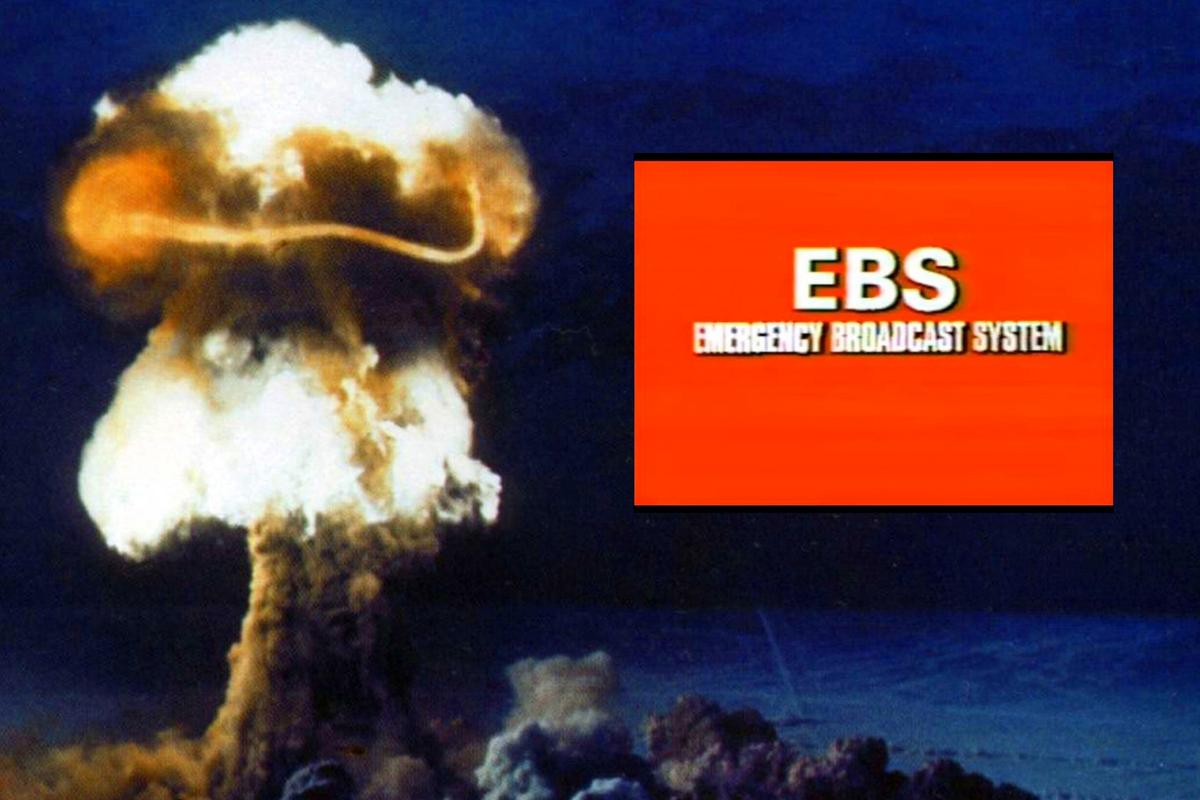Remember that brief moment of icy fear that went down your spine every time you heard the start of an Emergency Broadcast System test?Well for United States audiences on Feb. 20, 1971, it seemed as if doomsday had indeed arrived, as the alert played on TV and radio stations across the country that morning did not start with the typical reassuring “this is a test…” disclaimer.The system, originally known as the Emergency Action Notification System, was established in 1963 to provide United States presidents with a way to quickly communicate with the American public in the event of war, threat of war, or grave national crisis.Listeners had grown used to the system’s test broadcasts occasionally interrupting their favorite shows, but on that Saturday morning in 1971 they heard a much more foreboding message.You can hear the alert aired by Ft. Wayne news radio station WOWO that day below: “This station has interrupted its regular program at the request of the United States government, to participate in the emergency broadcast system.” The message went on to explain that the station would now become the official government news source for their area, and warned that other local TV and radio stations would shut down as a result of the declared national emergency.Similar messages were broadcast across an unknown number of stations across the country. “The composure of the broadcast industry – and the country – was in shambles,” wrote Variety (as reported by History.com). “Some stations broadcast the announcement and went off the air as required – throwing listeners into a tizzy. Other stations didn’t pick up the warning until after it had been cancelled. Some went off the air without having the nerve to broadcast the warning.”Read More: 15 Times TV or Radio Stations Got Hijacked”I was absolutely terrified,” one Chicago-based listener told the New York Times in a report that appeared the next day. “I just knew that we were at war and that the President would come on and say what had happened.” A Florida woman added her reaction: “I didn’t do anything. I just sat there being scared.”Moving back to the Ft. Wayne example, host Bob Sievers quickly took over WOWO’s airwaves to explain that he and his co-workers did not know the nature of the emergency and to ask frantic listeners, perhaps worried that the Vietnam war had taken a drastic turn, not to flood the station’s phone lines.”Again, ladies and gentlemen, we ask you please, please do not call us to ask what is the matter,” he pleaded. “We are endeavoring to find out ourselves. We have received this official emergency action action notification, with the proper identification indicating a national emergency. We know nothing now, we are watching our wires.”Luckily, the cause of the warning wasn’t impending nuclear war, just human error. An employee of the National Emergency Warning Center included the wrong confirmation code word with that day’s planned test, indicating to the stations that it was a real emergency.”I can’t imagine how the hell I did it,” the employee in question, W.S. Eberhard (who had worked at the center for 15 years) told the Times. It took the center 40 minutes to find and send out the correct code, indicating to the stations that the alert was indeed meant to be just a test.”And so… If you think this hasn’t been something here at the studio,” a relieved Sievers told WOWO listeners, after informing them that the danger was never real and explaining the nature of the error.Others were far less forgiving. “The center’s explanation is that ‘human error’ caused unauthorized declaration of national emergency,” the Times reported on Feb. 22, before asking: “Could similar ‘human error’—here or in the Soviet Union—send American or Soviet weapons into action? Those who deny such a possibility must explain why the safeguards governing instant‐response weapons—which are also subject to human errors—are more trustworthy than those which failed to prevent the false emergency announcement.”In response to the Feb. 20, 1971 error and the trouble it caused, the National Emergency Warning Center made major changes to the way its alerts and tests were sent including, as noted by History.com, the “jarring, screeching sounds” you hear during tests: “Like the sounds of information being transmitted over a modem, those tones transmit data to broadcasters – data that tells them what kind of situation is in progress and whether the transmission is a test or a false alarm.”There has not been a national alert error on this level since, although a handful of false local or regional emergency alerts have occurred since that time. In 1997, the system was upgraded and renamed the Emergency Alert system, and in 2018 the government conducted its first test of a national cell phone-based “Presidential Alert” system.Hear WOWO’s February 20, 1971 Emergency Broadcast Alert20 Meanest ’80s Movie BulliesIn no era in American movies was there a more fruitful and entertaining trade in that great cinematic tradition, the ’80s big screen bully.Gallery Credit: Dennis Perkins






